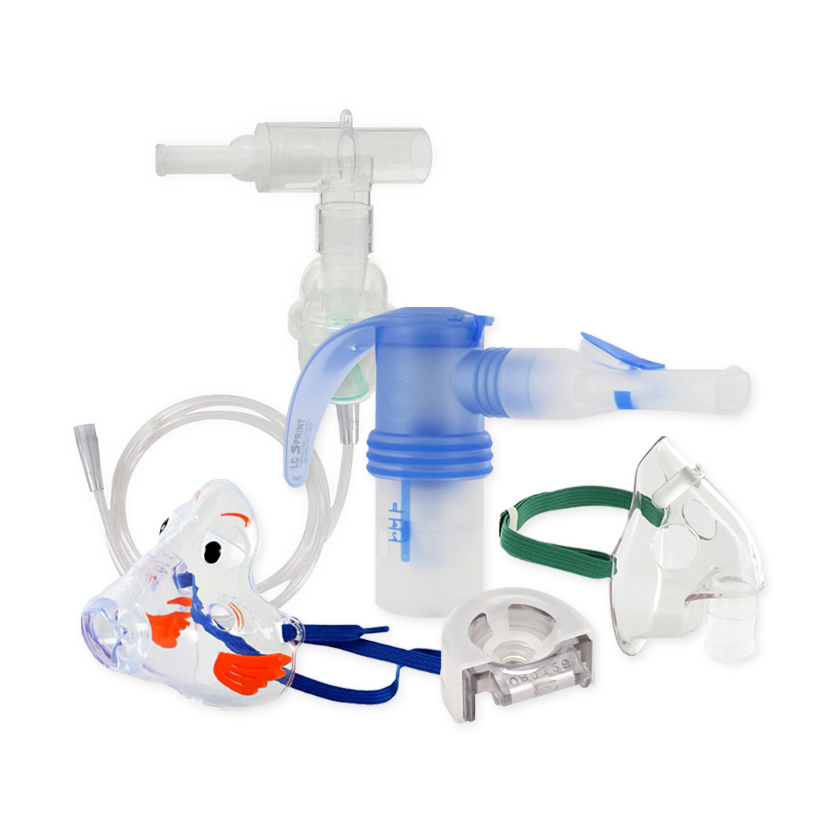Your Cart is Empty
Free Shipping on all orders over $75!
Menu

Free Shipping on all orders over $75!
Nebulizer Systems
Travel Nebulizers
Nebulizer Accessories
Just For Kids
Oxygen Supplies
Endurance Training with Asthma
May 16, 2014 2 min read
The other day, I came across the story of Gavin Dolman, a 32-year old man from the United Kingdom who, despite suffering from asthma his whole life, regularly participates in triathlons and other high-stakes races. He’s even managed to conquer Mt. Kilimanjaro - a commendable feat that becomes all the more impressive when you consider the risks of oxygen deprivation and altitude sickness the trek poses for non-asthmatics, let alone those who suffer from the condition.
Dolman’s story is the perfect counter-example to one of the most prevalent misconceptions concerning the disease, which currently affects one in twelve Americans: that Asthmatics are somehow incapable of participating in strenuous, sustained exercise. Though the condition mandates additional precautions and tools, it need not prevent runners from pushing themselves to the limit and taking on major hurdles. If you suffer from asthma or other pulmonary difficulties, here are 5 things you need to keep in mind as you train for your own Kilimanjaro, Rocky style.
- Warm Up, Warm Up, Warm Up - Can’t stress this enough. Numerous studies have shown that by taking ten minutes to stretch, walk, and acclimate your lungs to exercise, you can significantly reduce your risk of experiencing symptoms. When you’re finished with your workout, be sure to cool down, too!
- Consider triggers before exercising outside - An eight-mile run on a day with a high pollen count, a bike ride in the summer smog, practicing sprints in “polar vortex” conditions: these are all great ways to tempt an asthma attack. When there’s a greater chance of encountering your triggers, it might be best to stick to the treadmill.
- Control your breathing - The New York Times published a great article a few years ago outlining a deep-breathing exercise that can make all the difference in the world when you’re short of breath. The basic idea is to breathe slowly and shallowly through your nose, rather than breathing rapidly through your mouth. It sounds counter-intuitive, but it works.
- Keep medications handy - No matter how invincible you may feel, you should bring your rescue inhaler along with you wherever you plan on exercising. Even if you barely use it, it’s better to be safe than sorry.
- Never give up. At the risk of sounding like a middle school motivational poster, let me remind you that asthma is just a hurdle in your workout, rather than a roadblock. 3-11 percent of elite athletes suffer from exercise-induced asthma; in fact, it’s the leading chronic illness among Olympic athletes. Marathon queen Paula Radcliffe, 5-time Tour De France winner Miguel Indurian, Basketball star (and weirdo) Dennis Rodman - they all kicked their asthma in the windpipe, and you can too!
With these tips in mind, hopefully you can follow Dolman’s example and achieve success in your training. Take time to tend to your lungs, and there’s no mountain you can’t climb!
Subscribe
Sign up to get the latest on sales, new releases and more …

NEW CUSTOMERS SAVE $5 OFF YOUR FIRST PURCHASE OF $20 OR MORE
Code will be sent to email entered if applicable
SIGN UP FOR FUTURE SALES, NEW PRODUCTS AND ANNOUNCEMENTS
{"themeColor":"#061f77","iconColor":"#061f77","showLogo":true,"topBottomPosition":0,"rightLeftPosition":5,"iconSize":"large","iconCustomSize":64,"position":"middle-right"}



